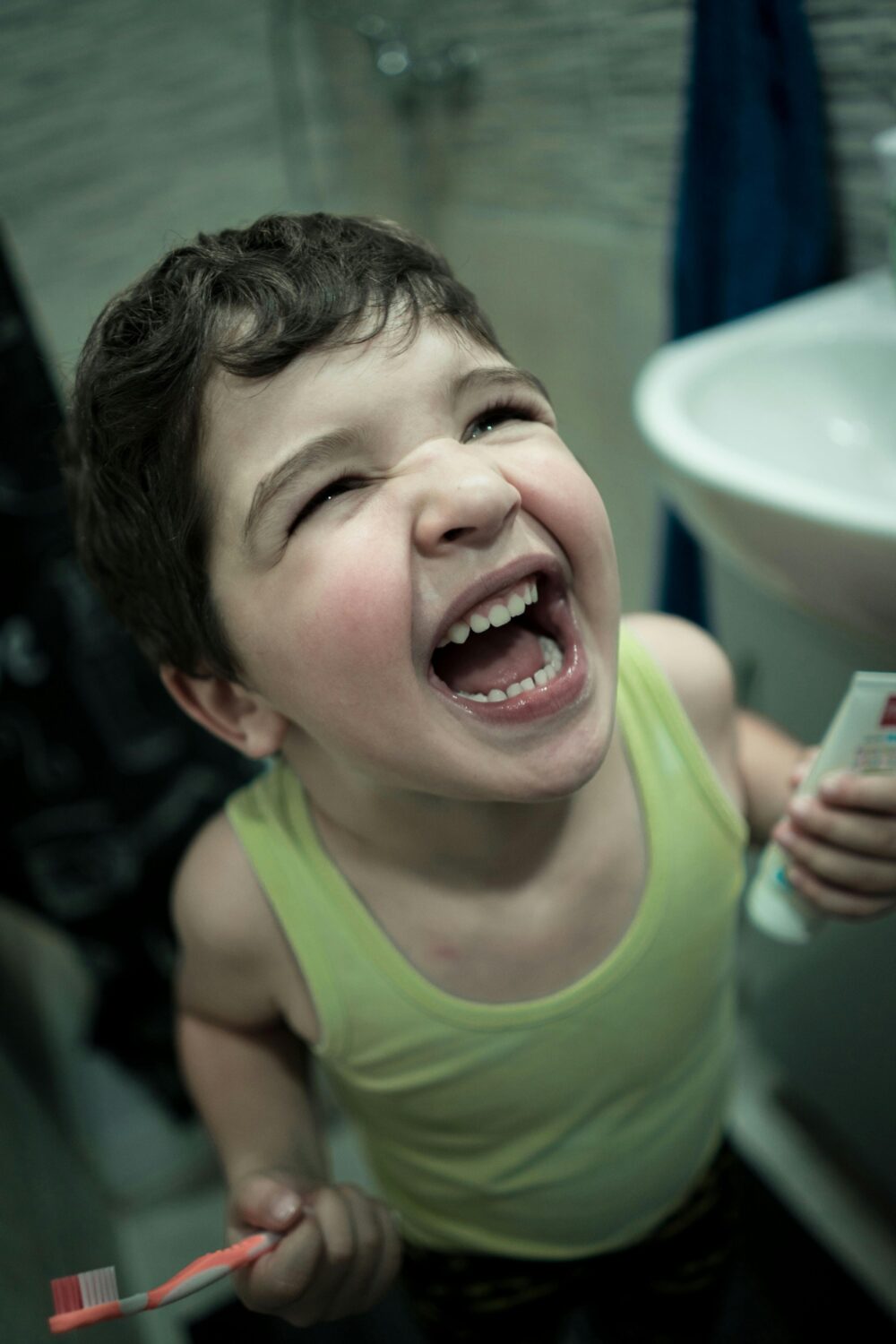The health of your child’s teeth in the years to come depends on their primary teeth, sometimes known as baby teeth. Although it’s not common knowledge, newborns do have teeth.
Your child’s teeth begin to develop before birth. Around six months of age is when “milk teeth,” also known as “baby teeth,” begin to erupt due to their color. It is common for the bottom four teeth to erupt before the upper front teeth. For the following two to three years, baby teeth continue to erupt until there are twenty baby teeth altogether.
What is the Purpose of Having Baby Teeth?
Your child’s baby teeth, often called primary teeth, are vital for several reasons throughout their development.
- Assisting your infant with feeding, smiling, and communicating.
- Holding room in your child’s jaw for the permanent teeth that are developing behind their gums.
- Assisting in proper chewing, which helps develop strong jaw and facial muscles in your infant.
Your child’s primary teeth are an important part of their maturation process since they help with things like biting down on solid meals and learning how to say words correctly. Your child’s development and learning can proceed smoothly if these teeth are kept healthy.
Baby Teeth Development
Your child’s dental journey is a dynamic process marked by various milestones. From the emergence of their first baby teeth to the transition to adult teeth, it’s a fascinating journey to witness.
Baby Teeth Eruption
When your little one is around 6 months to a year old, you’ll notice the appearance of their first set of teeth, usually starting with the bottom front teeth, known as central incisors. These are followed by the top front teeth and then the adjacent teeth. After the initial incisors, the first molars make their debut, followed by the canines and finally the second molars. By the end of this stage, your child will have a charming mix of teeth and gums in their smile.
Losing Baby Teeth
As your child’s adult teeth begin to push through, they naturally dissolve the roots of their baby teeth, causing them to become loose and eventually fall out. This process typically begins around 5 or 6 years old and continues until about age 12. The sequence of tooth loss usually mirrors the order in which they erupted, starting with the front teeth and progressing toward the back.
This phase, often referred to as the “mixed dentition,” is a period of delightful smiles and changing dental landscapes as your child experiences the ebb and flow of tooth loss and growth.
Permanent (Adult) Teeth Eruption
Following the loss of a baby tooth, a permanent tooth takes its place, usually starting around age 6 or 7 and continuing until about age 13. By the time your child reaches their teenage years, most of their permanent teeth will have emerged, except for the wisdom teeth, which typically appear later, often in high school or college.
After all the permanent teeth have erupted, your child may undergo orthodontic treatment, such as braces, to address any alignment issues and ensure a straight, healthy smile.
Schedule Your Child’s First Dental Appointment
Following the American Dental Association’s guidelines, it’s advised to take your child to the dentist shortly after their first tooth emerges and before their first birthday.
By visiting expert pediatric dentists like Bitesize Pediatric Dentistry, you can rest assured that your child will receive top-notch care from professionals with specialized training in catering to children’s unique dental needs.
Read more articles for anmolideas



